
Singapore American School Early Learning Center aka the happiest place on the little red dot offers play-based learning, supportive teachers and great facilities. Let’s look at their Reggio-inspired philosophy and why independent exploration is encouraged.
Choosing a preschool for your little one can be overwhelming with the number of options available in Singapore. It can be challenging to determine which program aligns with your child’s individual personality and requirements! If you’re looking for a preschool offering a Reggio-inspired philosophy with an understanding and respect for young children as unique, capable, and curious learners – Singapore American School ticks all the boxes!
The SAS Early Learning Center invites preschool students and teachers to come together every day to investigate, ideate, build relationships, and create shared meaning about the world around them. With beliefs such as Environment as the Third Teacher, The Hundred Languages of Children and Teacher as Researcher, SAS supports preschool students to become agents of their own learning, demonstrating the ability they have to make their own decisions and eventually advocate positive contributions to their community. Teachers observe and listen to children, asking questions to discover their ideas, hypotheses, and theories. With this understanding, teachers act as a support and a resource for children, considering how children’s thinking might be guided toward new discoveries.
We chat with SAS Preschool Teacher Huda Hanapiah, who shares more about the incredible approach they have at SAS!
Hi! Can you tell us more about yourself and what brought you to Singapore American School’s Early Learning Center?
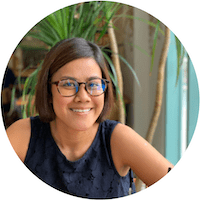 I was born and raised here in Singapore and have been in the early years industry since 2010. I am passionate about inclusive education as well as incorporating brain science into learning. Before coming to Singapore American School’s Early Learning Center, I was working as a class teacher then moved on to a pedagogical leadership role at another international school.
I was born and raised here in Singapore and have been in the early years industry since 2010. I am passionate about inclusive education as well as incorporating brain science into learning. Before coming to Singapore American School’s Early Learning Center, I was working as a class teacher then moved on to a pedagogical leadership role at another international school.
Tell us about your role as an Early Years Teacher for Singapore American School’s Early Learning Center!
I currently teach in the preschool classroom. I spend the day working in small groups and supporting them based on their interests and inquiries. My role requires me to observe the children and scaffold their learning according to their needs. I also collaborate with my co-teacher and colleagues in ensuring that our strategies are aligned. The beauty of collaboration offers us the opportunity to tap into each other’s strengths, the way we want children to learn.
The most fulfilling part of my job is to see children demonstrating growth throughout the school year and connecting with their peers.
What is a typical day in the life of an Early Learning Center student?
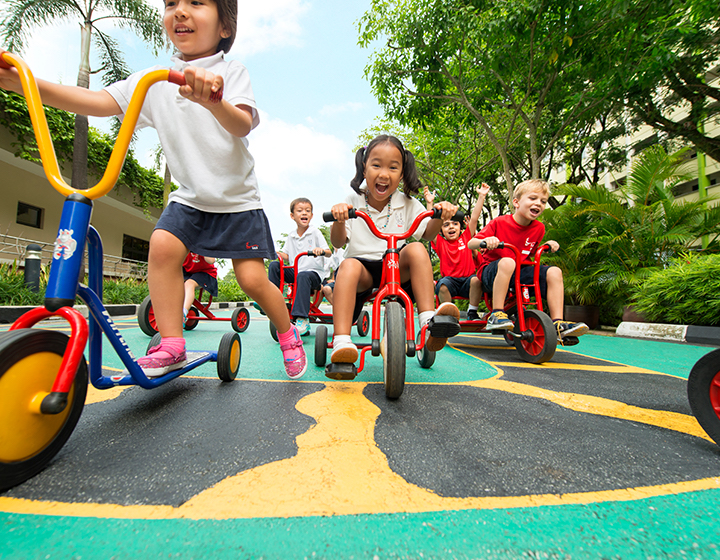
We have a slow, gradual start in the morning with an indoor exploration followed by a connection time, where we greet one another. The connection time is an integral part of our morning routines where we set our intentions for the day and connect with every child on the rug. The children will make their way to Specials (Move and Groove and Chinese) where they will explore perceptual motors and be immersed in the language of Chinese respectively. We will move on to our favorite part of the day, which is the outdoor space. The children will get to ride on the bikes, participate in group games, relish in some sensory play and hang out with their peers at the playground. At mid-morning, the class will work in small groups where they participate in group discussions, engage in experiential learning, and deep dive into their project inquiries. There are also opportunities for them to select independent work. We end our day with a closing connection time where we reflect upon our learning. Sometimes, we might play group games, which is an absolute favourite for every child.
Why is the Reggio philosophy useful for teaching young children?
The Reggio philosophy focuses on honoring the children and embracing their sense of individuality. In early years, there is no such thing as a one-size-fits-all approach because every child is so unique and different in terms of their cultural and linguistic backgrounds. Within this philosophy, we embraced the concept of the ‘image of the child’ where we see every child as a competent learner who comes in with prior knowledge and understanding about the world. This philosophy promotes self-confidence, self-esteem and sense of agency, as we know that these children will become active citizens of the future.
Regarding the Image of the Child – why is it important for young children at this age to learn how to interact with their peers and teachers or make decisions?
The classroom is a safe space for young children to take risks, make mistakes, negotiate for their needs and wants, and also learn to disagree with their peers. In essence, they are developing essential social emotional skills that will help them to tackle real-life problems. We also create context for our young learners to feel empowered to make their own decisions so that they can build a sense of independence, which is an essential life skill.
In my class, the children get to decide on an independent exploration and I support them by ensuring that they see through the entire process. They get a sense of achievement when they accomplish the task and goal that they have set up for themselves. In a group project, we engage in a dialogue session where I take on the individual ideas and help them to synthesize it together. The children get to see their ideas come to life and know that their efforts can make an impact on everyone’s learning journey.
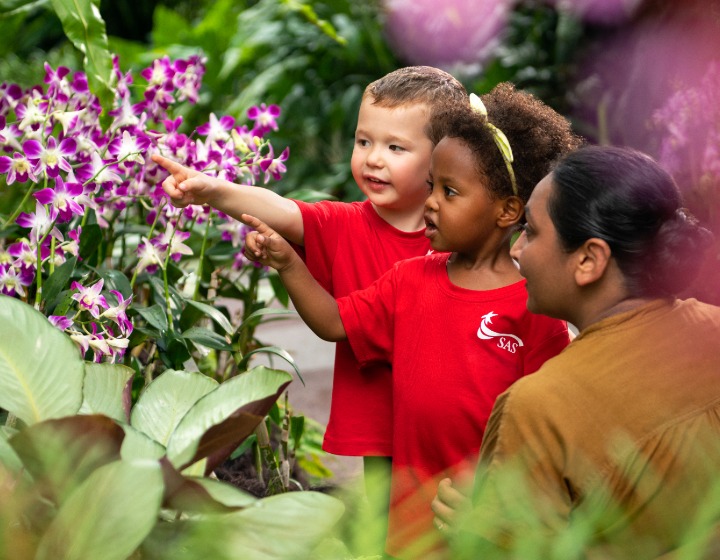
Regarding the Hundred Languages of Children – what are some of the most memorable and creative expressions your students have shown in your class?
Last year, the children in my class had a huge fascination over monsters and this is something that captivates them. We discussed what they knew about monsters and invited them to draw them. Through a series of discussions, I gathered that they were trying to figure out their sense of identity through the concept of monsters. Using clay, they each created different versions of monsters and the children were able to bring out their personalities, likes and dislikes, and even touch on the idea of friendships. The concept of monsters helped me to get to know the children better. Recently, we relaunched the discussion on monsters again and the children decided to use their drawings of monsters in a puppet show. There was collaboration, a shared sense of belonging, ownership of their own work, and an understanding that they can borrow their peers’ ideas if they get stuck.
Regarding Teacher as Researcher – what discoveries have you made while supporting and guiding children towards new discoveries?
In our classrooms, there is no one way of approaching a learning context. Each child comes in with a different set of ideas, skills, and knowledge. There are a lot of preconceived ideas that children should all learn the same thing at the same time and that is untrue. Each year, I discovered that these children can learn a skill from a peer who is either older or younger when the learning contexts are scaffolded. In a group setting, we see children sharing their strengths and interests together. A child who may not want to draw at the start of the year but may begin to draw later on after being inspired by their peers. Sometimes, the children might pick up problem-solving skills from their peers and they may be able to apply in a similar context. In a recent math exploration, a group of children showcased their knowledge of composing numbers and they each had a unique approach to solving it. In the next round, I noticed that some of them borrowed the knowledge of their peers to approach their learning.
Are there any enrollment requirements parents should know about?
When students are admitted to the Early Learning Centre, we offer opportunities for both child and parents to connect through an in-person orientation. This meeting is crucial in helping their child to feel safe and connected to the educators.
Want to know more? Visit Singapore American School’s Early Learning portal!
![]() Singapore American School, 40 Woodlands Street 41, Singapore 738547, Tel: (+65) 6363 3403, www.sas.edu.sg
Singapore American School, 40 Woodlands Street 41, Singapore 738547, Tel: (+65) 6363 3403, www.sas.edu.sg




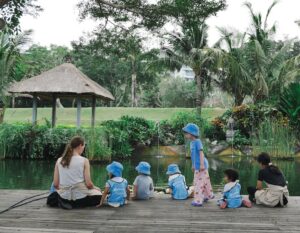

 View All
View All




 View All
View All


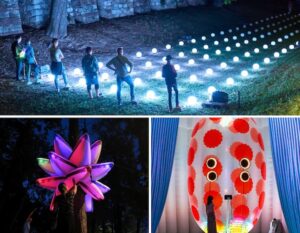






 View All
View All



